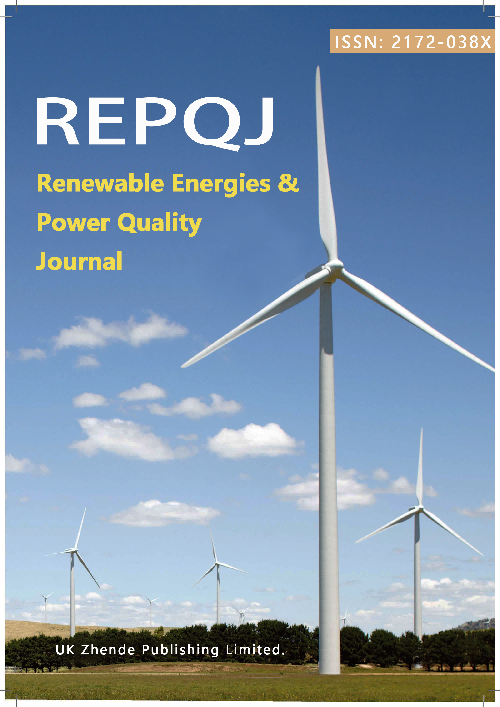New Online Tuning Methods for Power System Stabilizer Parameters Based on D-segmentation Method
DOI:
https://doi.org/10.52152/4160Keywords:
Power System Stabilizer, Online Tuning Method, Global Coordination, Multi-agent System, Genetic AlgorithmAbstract
Traditional power system stabilizer design usually adopts a centralized tuning method, which ignores the coupling effect between different regions, resulting in over-adjustment of local stabilizers or insufficient global response. This paper applied a new online tuning method based on D-segmentation method to achieve precise and efficient stabilizer adjustment through local and global coordination. The D-segmentation method divides the system into multiple subsystems, each of which is equipped with an independent stabilizer, and minimizes the mutual influence between subsystems through modularity optimization in graph theory. For each subsystem, LQR (Linear Quadratic Regulator) and fuzzy control are used to adjust the stabilizer gain. Global coordination ensures global consistency through distributed optimization algorithms and multi-agent systems (MASs). Based on the power system's real-time data, the stablizer parameters are adjusted through regression. The real-time optimization algorithm, GA (genetic algorithm) are used to adjust dynamically adjust the stabilizer parameters of each subsystem using real-time monitoring frequency, load, and voltage data to cope with emergencies during system operation. Experiments show that the recovery rate after load fluctuations and equipment failures is above 80%, and the disturbance recovery time is kept within 5.0 seconds, which greatly improves the power system’s overall stability.
Downloads
Published
Issue
Section
License
Copyright (c) 2025 Yunfeng Yang, Xiaoliang Dou, Yonglin Shi, Zhangyong Wei (Author)

This work is licensed under a Creative Commons Attribution 4.0 International License.











